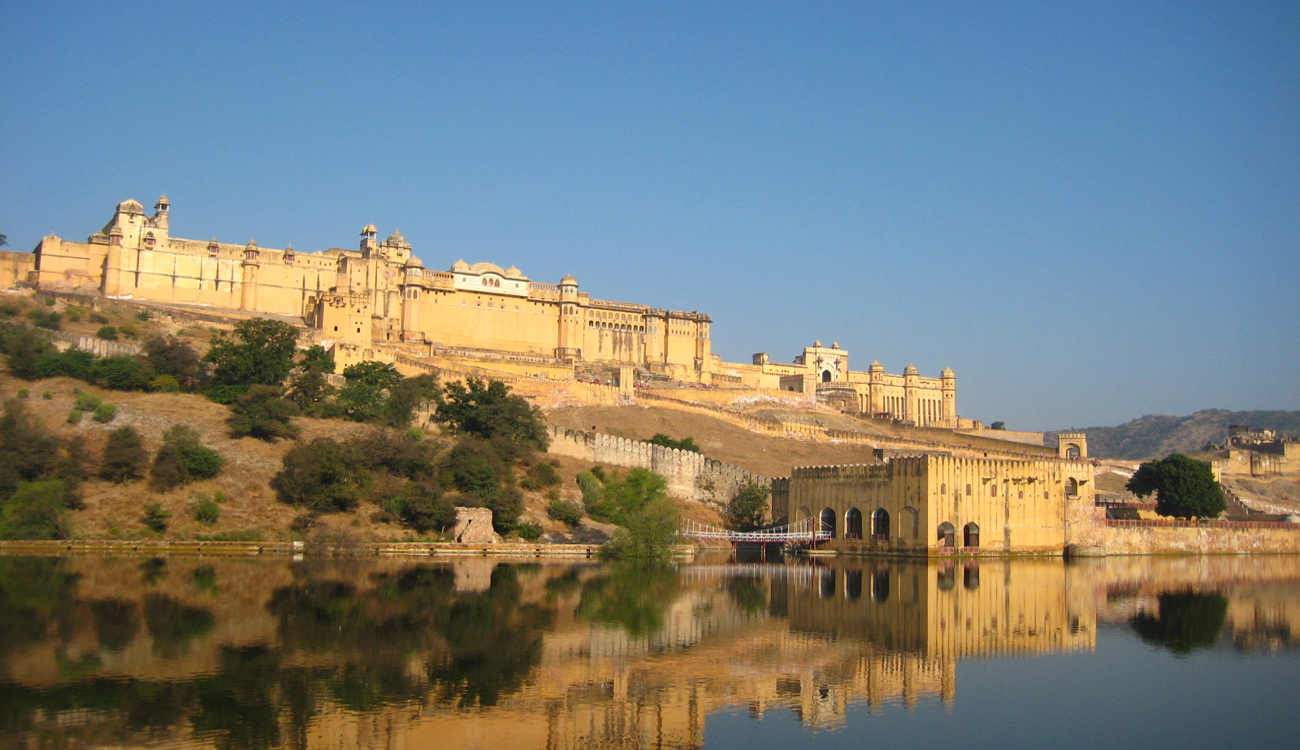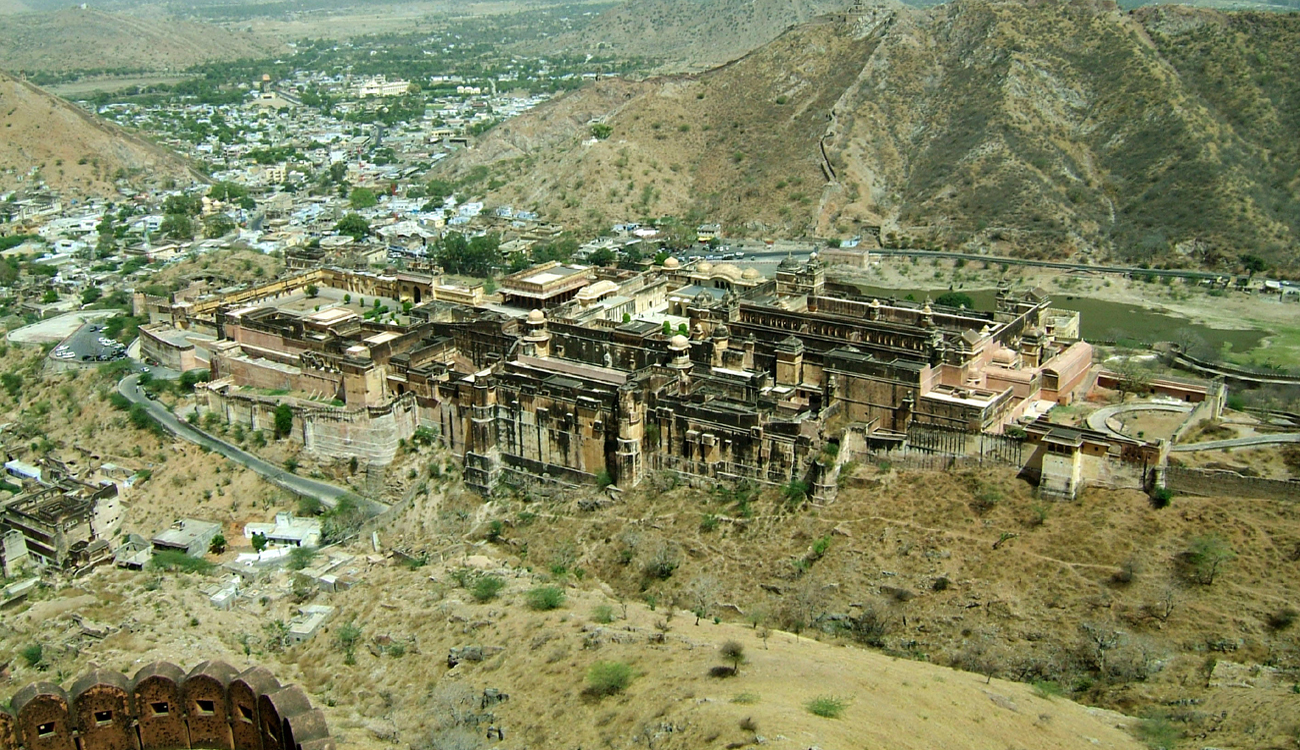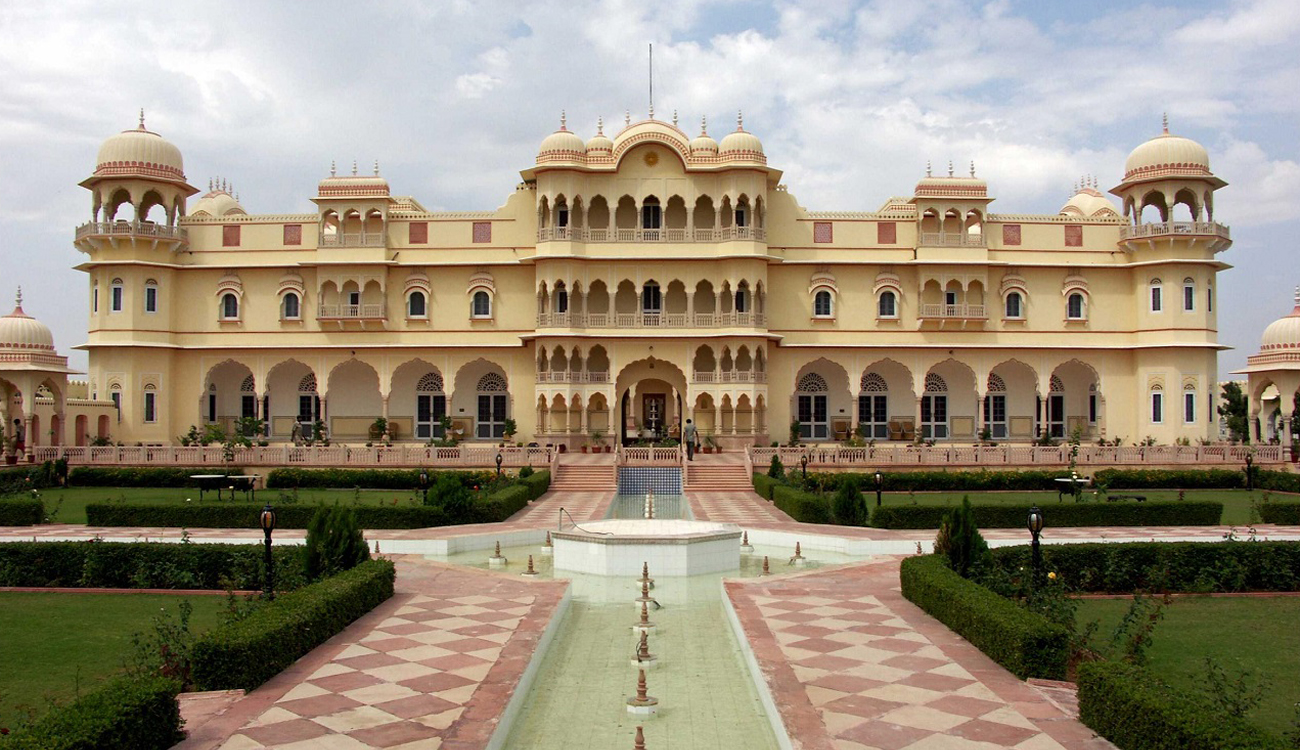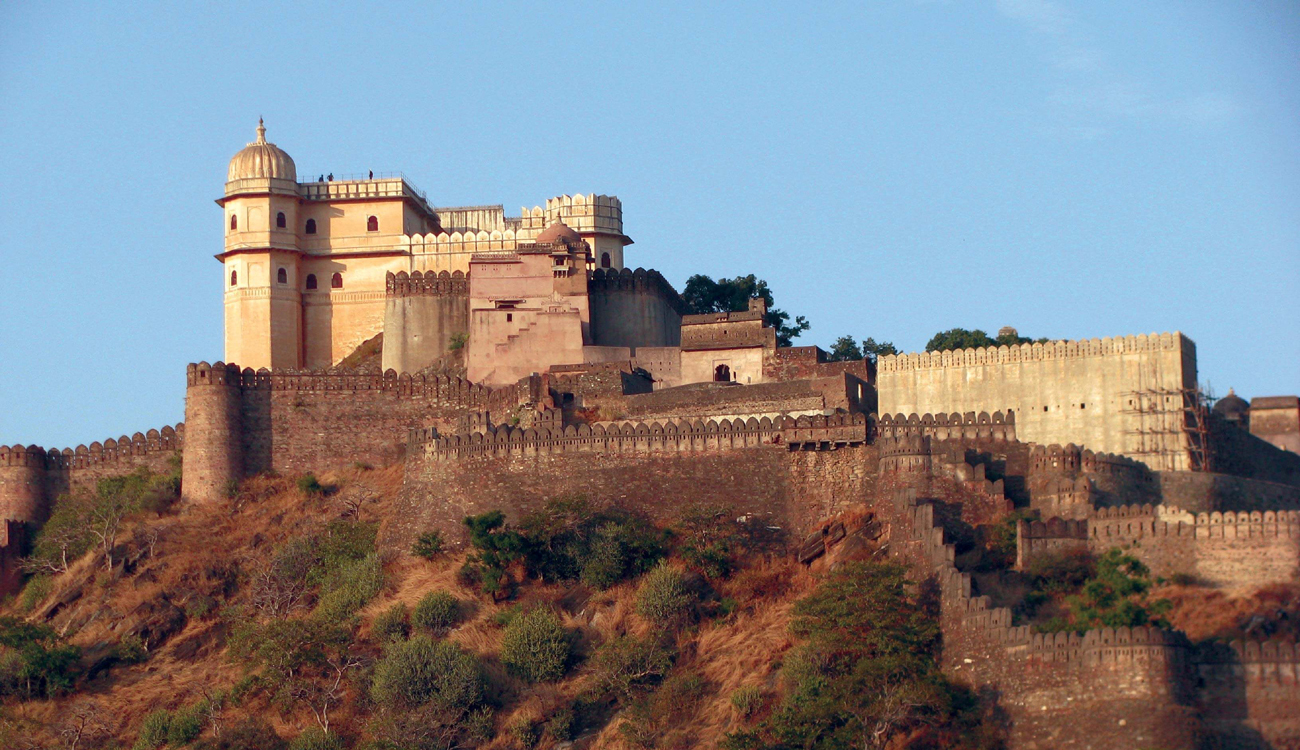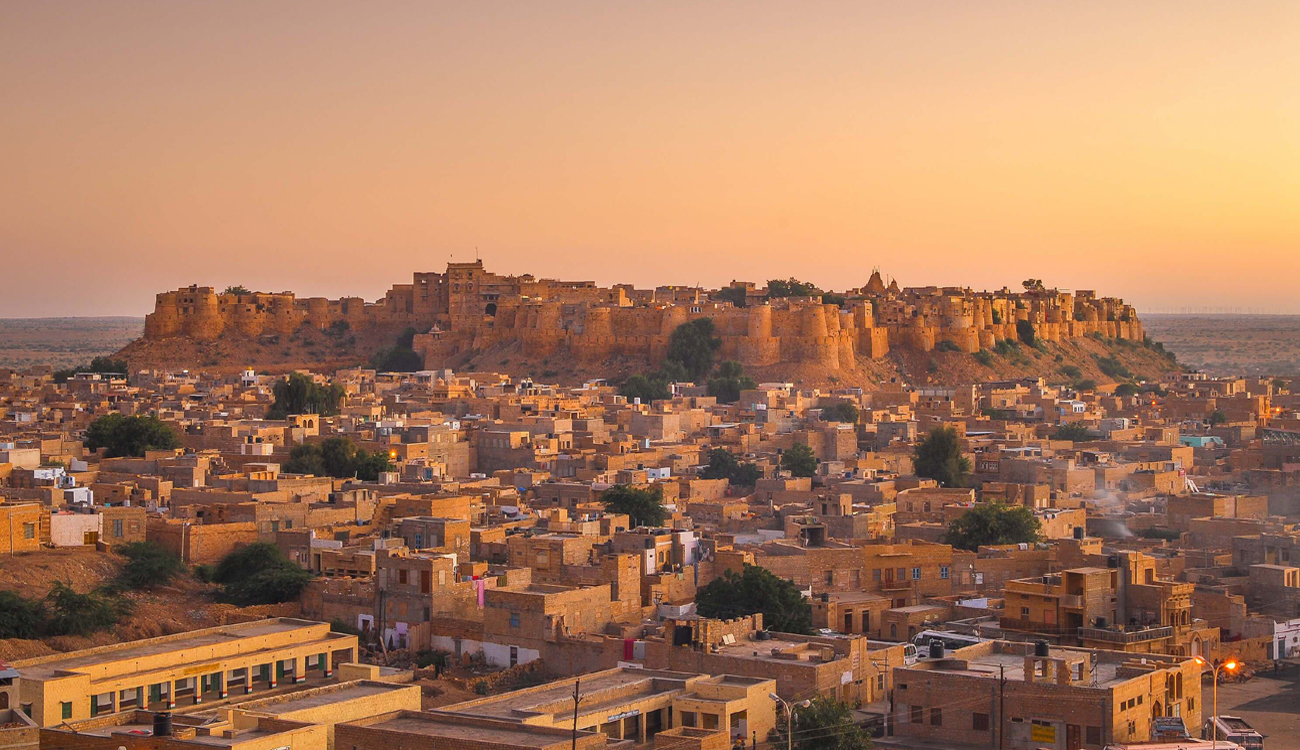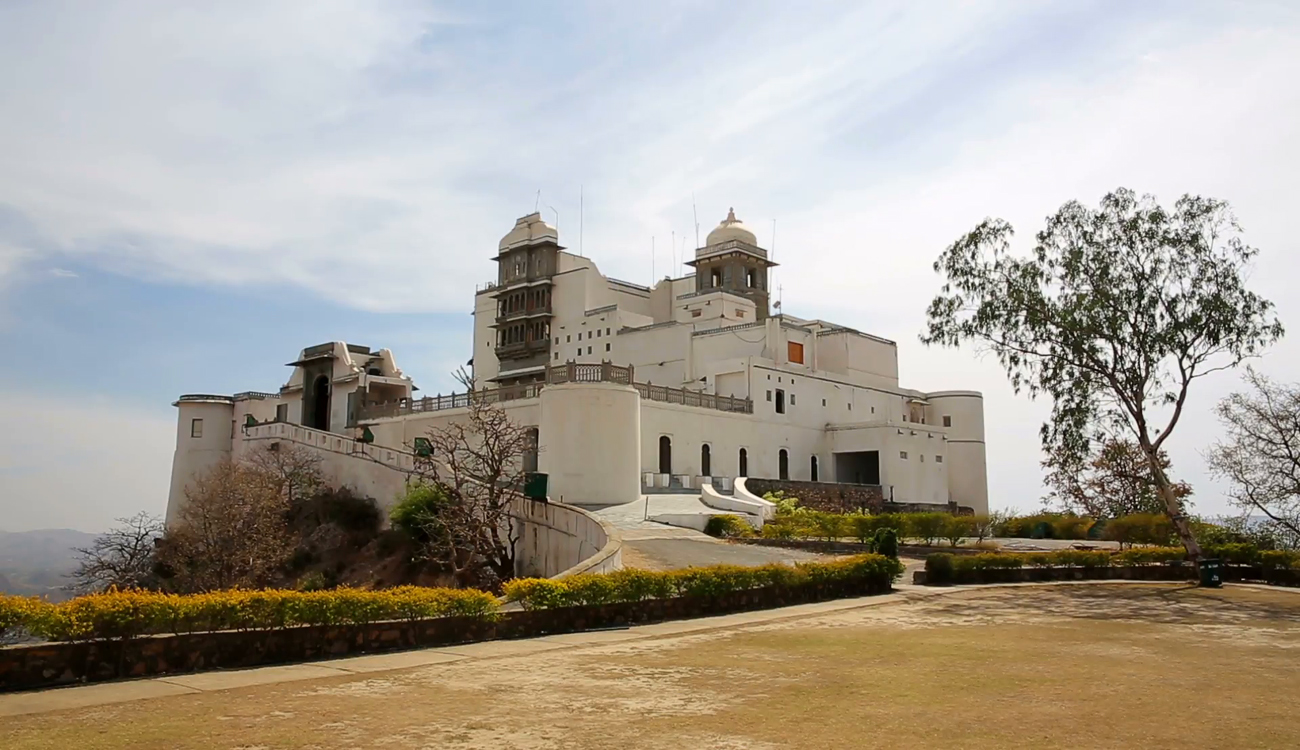Top 10 Forts of Rajasthan that you must visit
Rajasthan is home to some majestic forts with amazing architecture and rich history instilled in them. Many hill forts are built on the hilltops of the Aravalli Range. The forts have thousands of years of history attached to them as they have been in existence from a long time. The forts of Rajasthan are fine examples of the ancient Indian culture and lifestyle. The forts have seen numerous rulers of different kingdoms as occupants and thus have different styles of architecture, predominantly Rajput and Mughal. The forts narrate rich historical stories with their grand designs, ancient Indian artefacts and colourful culture and history.
Here is a list of Top 10 forts that you must visit
- Amber Fort, Jaipur : Amber (or Amer) Fort is one of the major tourist attractions in Jaipur standing high on top of the hill. The principal tourist attraction of the Pink City Jaipur highlights the glorious era of the city. The fort is built using red sandstone and marbles and is laid out on four levels with their own courtyards. The hill fort has a series of gates and cobbled paths leading to it. Maota Lake lying adjacent to the fort is its major water source. The fort is a fine example of Indian architecture with many fresco paintings, murals, intricate design works and statues.
- Jaigarh Fort, Jaipur : It is located atop the Cheel ka Teela (Hill of Eagles), overlooking the Amber Fort. There is a secret passageway connecting the two forts and it was used by the royal family during wars and emergencies. Jai Singh built the fort in 1726 to protect Amber Fort and its complex. The fort is a cannon foundry and produced huge cannons with the use of its efficient furnace and other devices. It was a stronghold during the reign of the Mughals and was later given to Jai Singh by Muhammad Shah. The highly fortified complex holds many buildings with beautiful rooms and halls, temples and arched gateways.
- Nahargarh Fort, Jaipur : Nahargarh Fort stands on the edge of the Aravali Hills and once formed a strong defence ring for the city, with Amber Fort and Jaigarh Fort. Maharaja Sawai Madho Singh built the fort as a place of retreat on the ridge above the city. The surrounding fortifications connected it to Jaigarh Fort and hence the fort never came under any attack. The royal suites are linked by corridors adorned by fresco paintings and ancient artefacts. The fort provides an immaculate view of the city of Jaipur from its roof terrace. There is a newly built wax museum with more than 35 wax statues of eminent personalities.
- Chittorgarh Fort, Chittorgarh : Chittorgarh Fort or Chittor is undoubtedly one of the largest forts in India and is a UNESCO World Heritage Site. The fort complex has several historical palaces, temples, gates and two commemorative towers spread across an area of close to 700 acres. The fort has been in existence since the 5th century and has been a part of many kingdoms and rulers like Mewars, Khalji, Mughals, and other Rajput rulers. The fort is highly fortified and has 4 palace complexes, numerous temples and water bodies. The fort was built in two phases. Starting from the 5th-12th centuries and then later enhanced in the 15th century.
Also Read : {Top Holiday Destinations in India}
- Khumbhalgarh Fort, Khumbhalgrah : Khumbalgarh fort is a Mewar fortress and is a UNESCO World Heritage Site. Rana Khumba built the fort in the 15th century. The fort is famous for being the birthplace of the greatest warrior and king of Mewar, Maharana Pratap Singh. With a wall 80 km long, the fort has one of the largest wall complexes in the world. The fort has 15ft frontal thick walls, making it impenetrable. The complex houses more than 300 Jain temples and 60 Hindu temples. One can see large stretches of the Aravalli range and sand dunes of Thar Desert from the top of fort walls.
- Jaisalmer Fort, Jaisalmer : Jaisalmer Fort stands on top of Trikuta Hill and is located in the city of Jaisalmer surrounded by the Thar Desert. The walls and the buildings of the forts are built using yellow sandstones, thereby camouflaging it in the yellow desert. The fort is probably the only fort in the world where a part of population still resides inside the fort complex. It is one of the oldest forts in Rajasthan and thus has a lot of historical and cultural significance. The fort has a triple ringed defence architecture, four massive gateways, The Raj Mahal Palace, Merchant Havelis and Jain temples.
- Mehrangarh Fort, Jodhpur : Mehrangarh Fort, located in Jodhpur is one of the biggest forts in India built in 15th century by Rao Jodha. There are numerous palaces with expansive courtyards. The palaces are famous for their intricate design works, paintings and beautiful suites. The museum in the Fort is one of the best museums of Rajasthan exhibiting the rich heritage of Rajputs. Palanquins, arms and ammunitions, Marwar paintings, turbans and costumes are some of the artefacts showing the glorious years of Rajasthan.
- Junagarh Fort, Bikaner : Junagarh Fort is a fort in the city of Bikaner and was originally called Chintamani. It is one of the few major forts in Rajasthan that are not built on a hilltop. The fort precinct is studded with palaces, temples and pavilions. Red sandstones and marbles adorn the walls of palaces and temples. The palaces and temples have been preserved as museums highlighting the grand lifestyles. The fort has beautiful military architecture and immaculate interior designing. Anup Mahal, Phool Mahal, Karan Mahal and Chandra Mahal are a few of the palaces inside the complex.
- Sajjangarh Fort, Udaipur : Sajjangarh Fort is a palatial palace built on a hilltop in the city of Udaipur. The palace is also called Monsoon palace as it was built to watch the monsoon clouds. It also offers a panoramic view of the lakes, palaces and the surrounding countryside. The palace is built using white marble and overlooks the lake of Pichola. A unique water harvesting structure to collect rainwater was built to collect almost 2 lakh litres of water. Despite this, the fort was abandoned due to lack of water. The fort was first built to be a multi-storey astronomical tower but was idea was shelved due to the early demise of Maharana Sajjan Singh.
- Ranthambore Fort, Sawai Madhopur : Ranthambore Fort lies within the Ranthambore National Park and was used as a hunting ground by the rulers. The fort was the focal point of many historical developments of Rajasthan and now is a UNESCO World Heritage Site. The fort has seen many rulers residing in it. Chauhans were defeated by Delhi sultanate in the 13th century. The fort has been under other kingdoms as well, like Mewars, Hadas and Kachwahas. The fort has many Jain temples, havelis, palaces and towers. Ranthambore National Park is a tourist attraction visited for its wide variety of flora and fauna and is most famous for the great Bengal tiger. While enjoying our specially designed Golden Triangle with Rathambore Tour you will have an opportunity explore the historical Ranthambore fort apart from the Jungle Safari
Planing a Trip to Rajasthan, here we have some of the most selling Rajasthan Tours starts from the capital city of New Delhi for your consideration… 🙂
10 Days – Rajasthan Tour Package from Delhi
11 Days – Rajasthan Heritage Tour
11 Days – Rajasthan Tour with Taj Hotels
